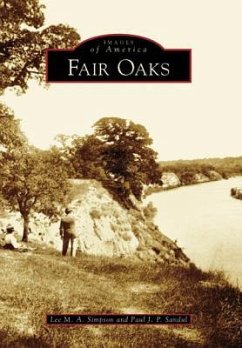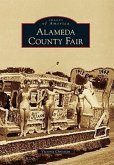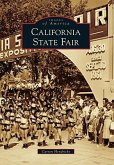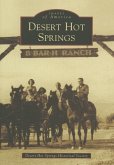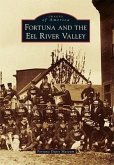Fair Oaks, in the gently undulating foothills along Highway 50, has something in common with its vast neighbor, Sacramento. Early land speculators, politicians, and Chicago businessmen formed a partnership to sell off one of their "Sunset Colonies," deservedly dubbed Fair Oaks, promising water systems and a suburban railroad to help colonists grow prize citrus. The farmers came, but when the investors retreated east, a railroad and water had not appeared. A later investment group did build a bridge and railroad, encouraging more farmers until, at the height of the Great Depression, nature laid a cold hand on the land, freezing all of the citrus. But other orchard crops and vineyards flourished, while more bridges and proximity to the state capital helped transform the farm town into a charming suburb, where residents can still gather at the local cafe or brave the red bluffs and rushing waters of the American River.

